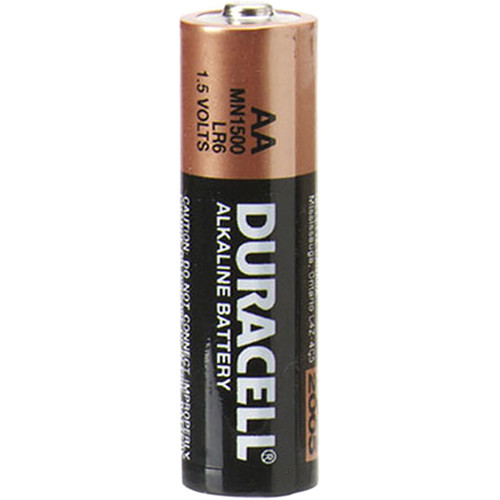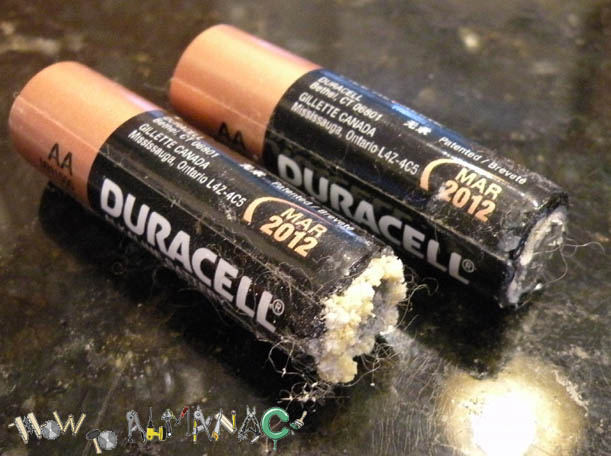

If you’re under 40 you may not even know that batteries can leak. We’ve become very used to leakproof batteries. prior Procell Alkaline AA, AAA, C and D batteries) in low drain devices such as smoke/carbon monoxide detectors, remote controls and flushometers.Back in 2012 I wrote about the return of battery leakage and the situation was summed up by the editor of a tech magazine who told me “If it’s not an Energizer or a Duracell throw it out and replace it with an Energizer or a Duracell.” My experience suggests I should now exclude Duracell.
#Duracell batteries leaking professional#
prior Procell Alkaline AA, AAA, C and D batteries) in high drain professional devices that require a high amount of power or peaks of power, such as blood Pressure monitors, soap dispensers or flashlights.įor low-drain professional devices, Procell recommends to use Procell Alkaline Constant batteries, designed to provide consistent performance over a long period of time and last longer (vs. This is due to reduced mAh and charge of zinc carbon battery chemistry.įor high-drain professional devices, Procell recommends to use Procell Alkaline Intense batteries, designed with a unique power profile to last longer (vs. Zinc carbon batteries have inferior life spans and equipment may not operate properly if zinc carbon batteries are used.

For standard size batteries (AAA, AA, C, D, 9V), alkaline batteries are often recommended for best performance. This produces zinc oxide and water, and completes the circuit (which is necessary to have a constant flow of electricity) and powers your device.Īlways replace the battery or batteries in your equipment with the size and type specified by the device manufacturer. There, they combine with unstable zinc ions, which were formed at the anode when the electrons were originally given up to the external circuit. The internal circuit is completed when the hydroxide ions produced in this reaction at the cathode flow to the anode in the form of ionic current. In that reaction, the water splits, releasing hydroxide ions into the electrolyte and hydrogen ions that combine with MnOO- to form MnOOH. Then, MnOO- reacts with water from the electrolyte. This process is accomplished by the movement of negatively charged hydroxide ions present in the water solution called the electrolyte.Įvery electron entering the cathode reacts with the manganese dioxide to form MnOO. The combined processes of oxidation and reduction couldn’t occur in a power cell without an internal way to carry electrons back to the anode, balancing the external flow of current. After the electrons do their work powering the light bulb, they re-enter the cell at the cathode, where they combine with the active material, manganese dioxide, in a process called reduction. At that time, the anode material, zinc, gives up two electrons per atom in a process called oxidation, leaving a zinc (Zn) charge of unstable ions behind. Batteries may seem simple, but the delivery of packaged power is a complicated electrochemical process.Įlectric current in the form of electrons begins to flow in the external circuit when the device – a light bulb for example – is turned on.


 0 kommentar(er)
0 kommentar(er)
